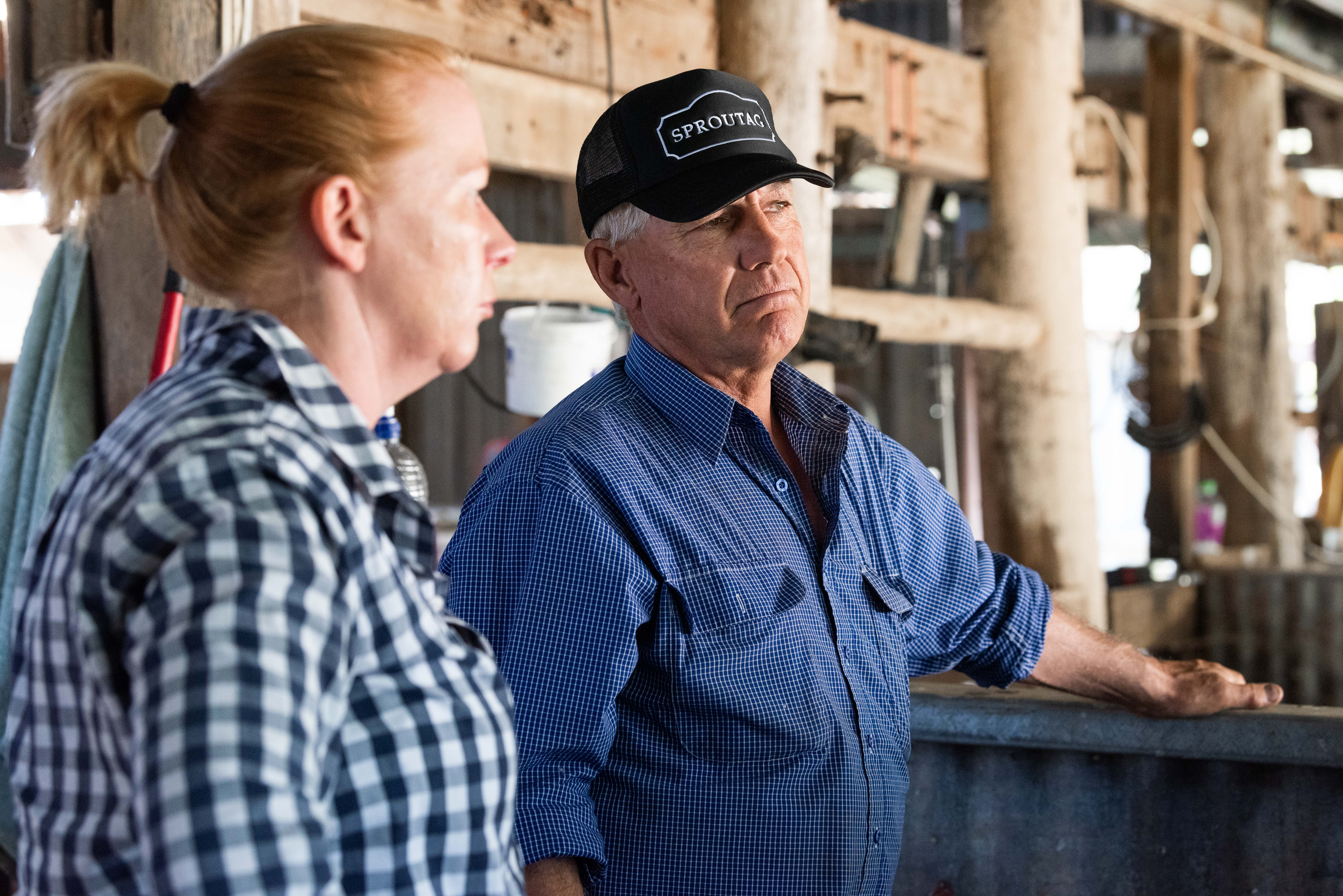As spring rolls around, many farmers find themselves in a familiar situation: pushing the limits of their banking facilities, particularly overdrafts. This time of year, especially for mixed farmers, can be one of the most financially stretched periods due to the timing of harvests, livestock management, and other essential farming operations.
For many in the industry, especially those involved in mixed farming operations, the spring season often marks the peak debt period. With winter crops typically set for harvest in November or December and payments not expected until January or February, cash flow can become tight. Similarly, livestock producers are often holding onto stock longer to maximise weight and, ultimately, the sale price. This approach results in more significant potential profits but also requires increased inputs in the lead-up, whether through additional feed, veterinary care, or other investments. The result? Many farmers find themselves running up against their overdraft limits or general banking constraints as they wait for the financial windfall of harvest or livestock sales.
In the past, a short-term overdraft increase would often serve as a solution for these farmers, providing the necessary financial breathing room to cover these additional expenses. However, as financial institutions have become slower in their turnaround times, with fewer staff on the ground to process requests, short-term fixes are becoming less viable.
At Sprout Agribusiness, we’ve adapted to these changing conditions by encouraging our clients to look beyond quick fixes. Instead, we advocate for more strategic financial planning—extending projections and planning out cash flow needs until the end of 2025. This approach not only provides immediate financial relief but also ensures farmers are prepared for future business scenarios and opportunities.
Best Practices for Requesting a Bank Limit Increase in Spring:
- Take a Step Back for Long-Term Planning:
We know this is a busy time, but it’s essential to take a moment to assess your business’s needs, not just for the next few months but until the end of 2025. By extending your financial projections, you can anticipate future needs, making it easier to negotiate with your bank and secure the right facilities now, rather than scrambling for an increase later.
- Factor in Opportunities:
Whether it’s trading livestock or taking advantage of an unexpected opportunity, it’s vital to ensure your banking limits can accommodate potential business growth. Consider these scenarios in your financial projections to avoid being caught off guard by your bank’s limitations.
- Keep Your Cash Flow Template Active:
Understanding your cash flow on a month-to-month basis is critical. By keeping an active and live cash flow template, you’ll have a clear picture of your financial position, making it easier to explain to your bank why you need an increased limit. It will also help you make more informed decisions about when to request additional funds.
- Prepare Comprehensive Documentation:
Before approaching your bank, gather all necessary information. This includes:
- – An updated Statement of Position to reflect your current assets and liabilities.
- – A cash flow forecast for the next 12-18 months.
- – Updated information from the ATO portal, especially if your bank relies on this for assessing your tax obligations.
- – Management figures for 2024 and a copy of your 2023 financial statements.
Having these documents readily available not only speeds up the process but also demonstrates to your bank that you’re prepared and proactive about your financial situation.
Why a Longer-Term Approach Works:
By planning ahead and factoring in various business scenarios, you can avoid constantly needing to request short-term overdraft increases. This approach helps build trust with your financial institution, showing them that you’ve considered all variables and are preparing for the long term. It also accounts for the slower turnaround times many banks are now experiencing, allowing you to secure the funds you need without the stress of last-minute applications.
Raising your farm’s banking limits doesn’t have to be a stressful experience. By taking a step back, assessing your long-term needs, and preparing all necessary documentation in advance, you can ensure your farm’s financial stability through spring and beyond. With the right approach, you’ll have the flexibility to take advantage of opportunities, whether that’s holding onto livestock for a better price or investing in next season’s crop. So, take the time now to set yourself up for success through 2025 and ensure that your banking facilities are equipped to support your farm’s growth.




